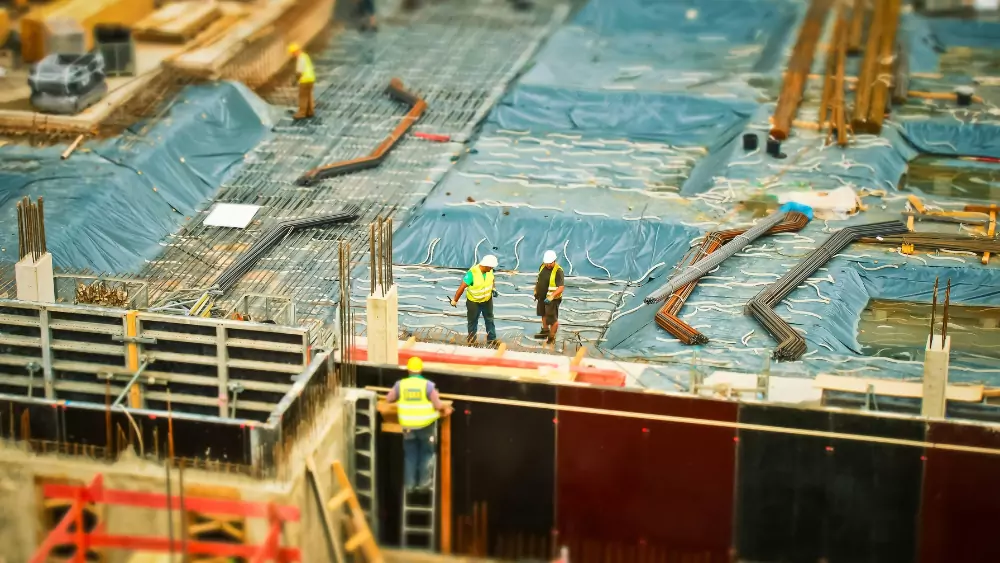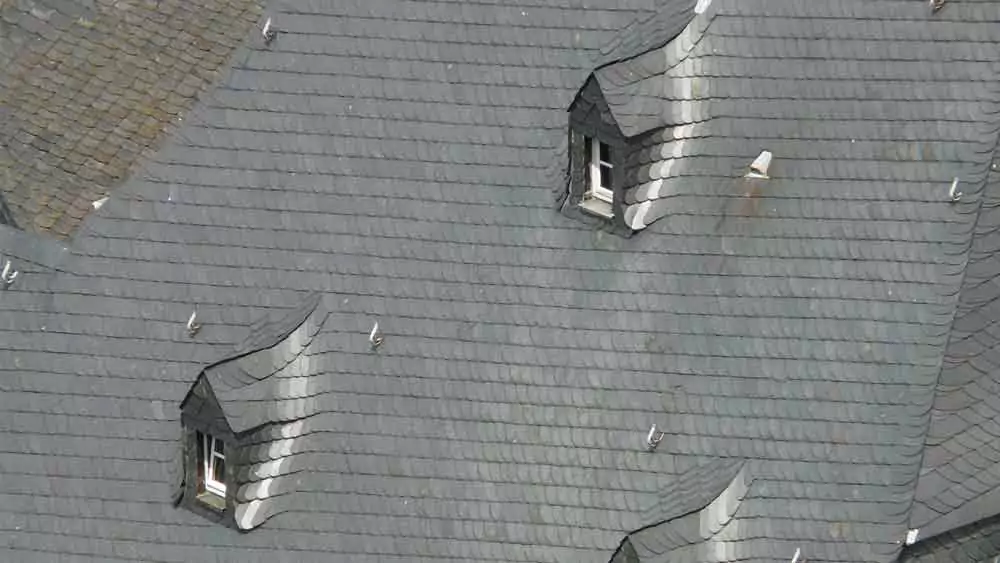Best Roofing Materials for Cold Climates

When it comes to roofing in cold climates, choosing the right materials is essential for ensuring durability, energy efficiency, and protection from harsh weather conditions insides and outsides. In areas that experience heavy snowfall, freezing temperatures, and icy winds, the roofing material you select can make a significant difference in the comfort of your home.
Top Choices for Roofing Materials in harsh Climates
Here are six roofing materials that are particularly well-suited for cold climates.
1. Black Roof Shingles
Black roof shingles are a popular choice in colder climates due to their ability to absorb heat from the sun, which can help melt snow more quickly. This quality reduces the risk of ice dams forming, which can lead to leaks and water damage in your home. Many homeowners appreciate the aesthetic appeal of black shingles as well, as they provide a sleek and modern look to any home.
In addition to their functional benefits, black shingles are versatile and available in various materials, including asphalt and synthetic options. If you’re interested in exploring more about black roof shingles, read more about their effectiveness in cold weather and how they can enhance your home’s energy efficiency. Overall, black shingles provide both style and practicality, making them a great option for homeowners in colder regions.
2. Asphalt Shingles
Asphalt shingles are one of the most popular roofing materials because they are inexpensive and versatile. They are available in various colors and styles, making it easy to find a look that complements your home. In cold climates, asphalt shingles perform well because they are designed to shed snow effectively. This prevents the buildup of ice dams, which can lead to leaks and structural damage.
Additionally, modern asphalt shingles come with enhanced durability features, such as impact resistance and enhanced granules that protect against UV rays. For homeowners looking for a reliable option, asphalt shingles are a solid choice. Their ease of installation and maintenance make them a go-to choice for many residential properties.
3. Metal Roofing

Metal roofing is a good choice for chilly areas. Its lightweight nature and durable construction make it ideal for areas prone to heavy snowfall. Metal roofs shed snow easily, reducing the risk of ice accumulation and potential leaks. Additionally, metal roofing is known for its longevity, often lasting 40 years or more with proper maintenance.
Moreover, metal roofs are energy-efficient, reflecting heat in the summer and retaining warmth during the winter months. They come in a variety of styles, including standing seam and corrugated panels, and can be painted in various colors to match your home’s aesthetic.
4. Slate Roofing

For those seeking a premium roofing material, slate is an outstanding choice. Slate is extremely durable, with a lifespan of over 100 years. Its natural stone composition allows it to withstand extreme weather conditions, including heavy snow and freezing temperatures.
Slate roofing is also environmentally friendly, as it is a natural material that requires minimal processing. Additionally, its aesthetic appeal adds significant value to a home. While slate can be more expensive than other roofing materials, its longevity and low maintenance requirements make it a worthwhile investment for cold climates.
5. Clay and Concrete Tiles

Clay and concrete tiles are often associated with warmer climates, but they can also perform well in cold regions. These tiles are designed to withstand harsh weather conditions, including snow and ice. They are heavy, which helps them stay put during strong winds, and their natural insulating properties help maintain consistent indoor temperatures.
When installing clay or concrete tiles in cold climates, proper underlayment is essential to prevent moisture buildup. The color of the tiles can also impact their performance; darker tiles absorb more heat from the sun, helping to melt snow more quickly.
6. Synthetic Roofing Materials

Synthetic roofing materials, such as rubber or polymer-based shingles, offer an innovative alternative to traditional roofing options. These materials are designed to mimic the appearance of wood or slate while providing superior durability and weather resistance. Synthetic roofs are lightweight, making them easy to install and less likely to suffer damage from heavy snowfall.
In cold climates, synthetic roofing materials are highly effective at shedding snow and preventing ice buildup. Additionally, many synthetic options come with warranties that ensure long-lasting performance, making them a reliable choice for homeowners.
Conclusion
Selecting the right roofing material is crucial for homeowners living in cold climates. Each of these materials—whether black roof shingles, asphalt shingles, metal roofing, slate, clay tiles, or synthetic options—has its advantages and can enhance your home’s durability, energy efficiency, and aesthetic appeal. Consider factors such as the local climate, budget, and your home’s architectural style when making your choice. By investing in quality roofing materials, you can ensure that your home remains protected against the elements while providing comfort and safety for your family for years to come.

news via inbox
Sign up and never miss out on the latest news and updates at HighStuff




